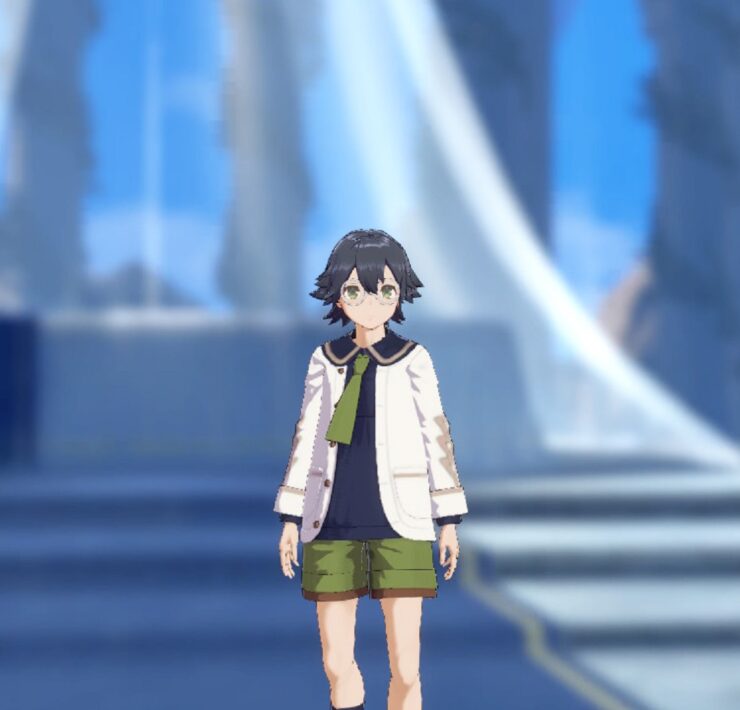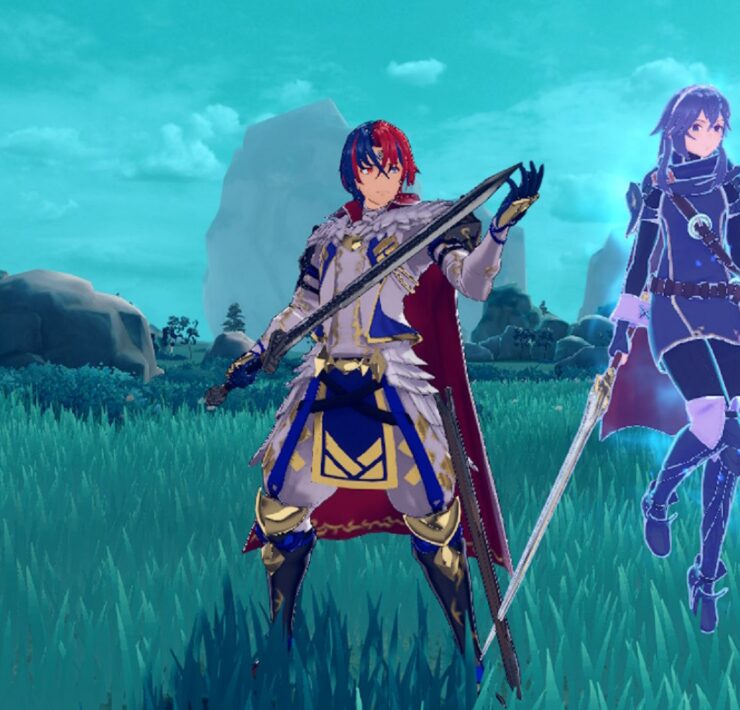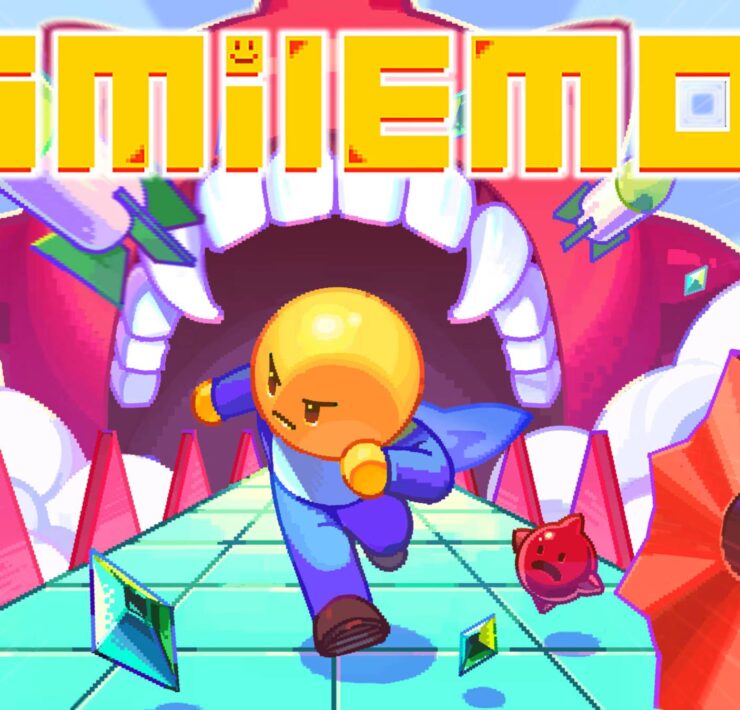Bug Fables: The Everlasting Sapling Switch Review
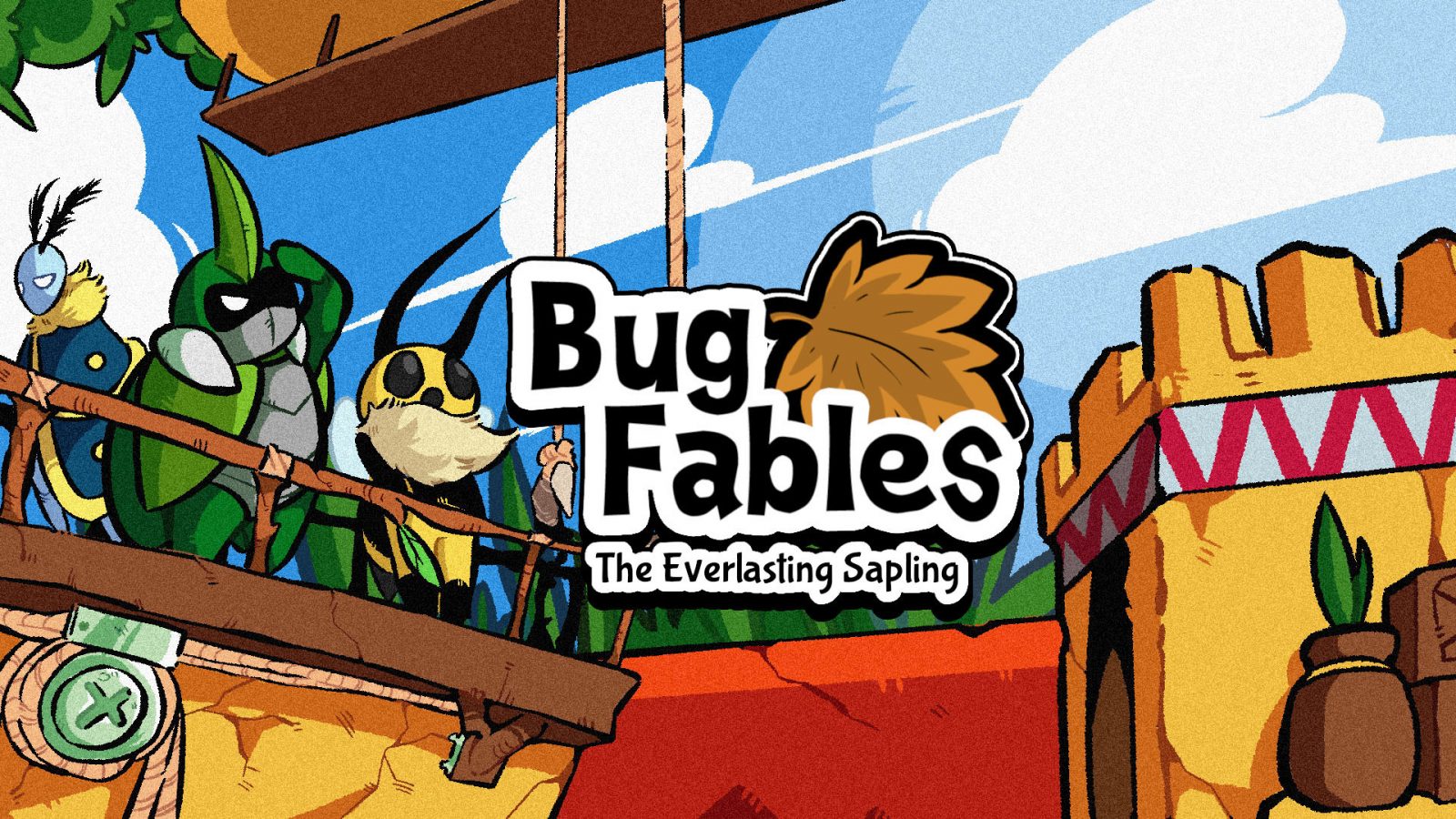
Charm, sweetness, and a childlike sense of wonder. These are the things that emanate from every musical note, every piece of hand-drawn scenery, and every adorable pun that makes up so much of the delightful experience that is Bug Fables.
This is an RPG with a Paper Mario-inspired approach to art, character, and narrative; an RPG with punchy, engaging combat, a fluidly-designed and interconnected world, and more bright and bold colours than a Saturday morning cartoon. Bug Fables leaps straight to the top of the already impressive list of top-quality indie games on the Nintendo Switch.
Taking cues from the Nintendo school of narrative design, Bug Fables is a simple affair which opens with a storybook beginning that sets the scene of the Ant Kingdom, its rulers, and its denizens (very reminiscent of so many Zelda games). From here, we’re quickly introduced to Vi: an uppity, impatient, wide-eyed young bee who wants – or, perhaps, a better world would be ‘needs’ – to become a treasure-hunter. She won’t be distracted from her goal, and she is immediately sent out on a quest, with her new friend Kabbu, to retrieve an artefact that will bring the ant queen Elizant II one step closer to obtaining the titular Everlasting Sapling. On their first mission, they meet Lief, who rounds out their trio for the rest of the game.
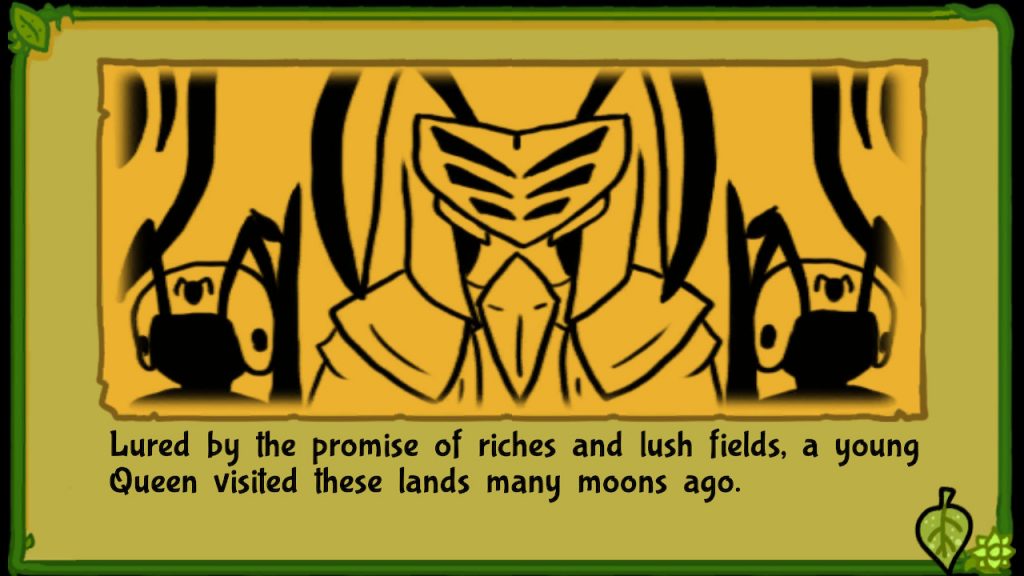
There are a few twists and turns to the story, many of which are signposted early on, but it’s not the story that holds the biggest draw here. Instead, it’s the characters and the land itself, which feels very much like a character in its own right thanks to some impressive world-building and very considered lore that can be mined as much or as little as the player fancies.
At first glance, Bug Fables appears to be a game of simple things. It wears its Paper Mario inspiration on its sleeve and offers us three likeable protagonists in a world called Bugaria (love the pun), but we don’t necessarily expect much more than a fun quest undertaken by sweet and fun characters with whom we can laugh and fight and have fun. But there is a surprising amount of depth in Bugaria’s lore. It’s a living, breathing world with a veiled history and even a system of politics and economics that gets fleshed out enough to add real depth and rigidity to the world. It’s not a vague, passive, transparent world. It is lived in, drawn with consideration, and given a breadth of scope that is a joy to explore and learn about.

What shines the most is exactly what you’d expect, however: its protagonists. Vi is a plucky little bee who wears her heart on her sleeve. Cast out from the Bee Kingdom simply for not following the hive mentality (taking the metaphor and really running with it). She’s tenacious, volicious, and vivacious. Lovable in her inability to see the impossible. She runs head-first into danger, acts in an occasionally illegal or socially grey manner, but does so with the charm and innocence of a young, dumb Jack Sparrow. Kabbu and Lief are as lovable and uniquely painted in their own way, and every player of Bug Fables will have their favourite but, as you can tell, Vi is mine by a country mile.
Bug Fables, like many modern RPGs,splits its gameplay between turn-based combat encounters – which occur in an enclosed arena – and traversal of the landscape. This landscape becomes increasingly interactive as the game progresses; Bug Fables does a great job of holding your hand to a point before introducing new elements one-by-one, keeping things interesting and challenging in equal measure.
The world of Bug Fables is divided up between small towns which contain shops, hotels, quests, and NPCs, dungeons full of tough enemies and interactive puzzles, and the roads between the two. These roads, like the dungeons, are peppered with low-level enemies and interactive puzzles which become more mentally taxing once you enter the dungeon.
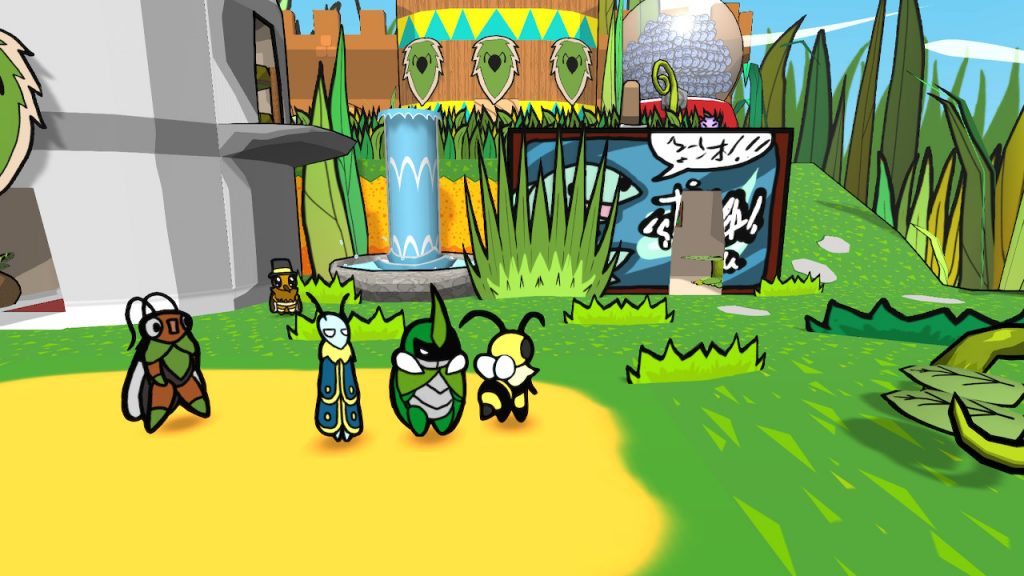
The towns are a pleasure to explore, thanks to the varied and progressive music and delightful environmental design (more on that in a moment). Meanwhile, the field and dungeon areas provide enough of a navigation challenge (unlock this door, find the missing gear, flip this switch, find your way through this maze) to remain fun and engaging. The problem lies in the game’s perspective. Each of your three characters – Vi, Kabbu, and Lief – offers a unique way to interact with the environment: long-range boomerang throws, cutting through grass and other objects, and freezing water or enemies into ice blocks. These are fun and simple enough, but the unintentional challenge comes from lining up your character properly with what they need to operate or interact with. It’s kind of like Streets of Rage, where you’ll often miss a hit because the game’s depth of field can be very unclear. It’s a small gripe but it does interfere with the flow of the game.
The meat-and-potatoes of Bug Fables’ gameplay is its combat. These encounters develop a pacey and punchy rhythm thanks to the game’s clever method of taking a limited palette of actions and skills, and offering up new enemies and scenarios which have players constantly rethinking how to best use this handful of skills in order to overcome.
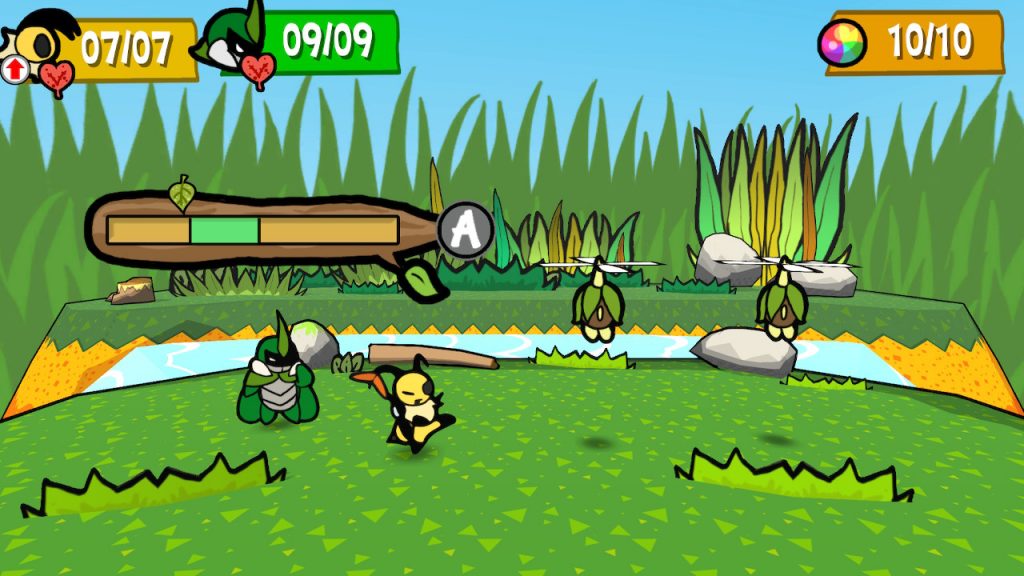
These actions and skills are unique to each of your protagonists. You’ll enter a combat encounter with Vi, equipped with a boomerang that can reach the enemies at the back or those flying out of reach; Kabbu, who has the ability to flip armoured enemies; and Lief, who can freeze enemies or unearth those who can bury themselves in sand. These are just their basic attacks. Then there are the skills, which take up TP (Teamwork Points – aw). Both your attacks and your skills can be strengthened in the moment by pressing the correct buttons. This makes combat far more active than many, more passive, turn-based RPGs. While it isn’t a new gimmick to have the player be an active participant in an attack (Paper Mario, Shadow Hearts, Underhero, I could go on), it is nonetheless always fun. And Bug Fables takes this one step further by having each protagonist’s attacks demand a unique button input from the player. This really helps to keep you on your toes.
There is enough variety of enemy types, and enough fluidity and active involvement in the game’s combat, to keep Bug Fables’ gameplay fresh and fun from beginning to end. While the game’s exploration and puzzle elements are certainly janky, the combat has been designed with as much variety and precision as the game’s soundtrack.
It’s difficult to say in which artistic realm Bug Fables shines brightest, but I’d be tempted to say it’s in the soundtrack. The music of this game soars in both its quality and its breadth to such an extent that it almost beggars belief. This is the indie equivalent of Persona 5: a game whose soundtrack impresses for every single moment that the Switch is turned on.
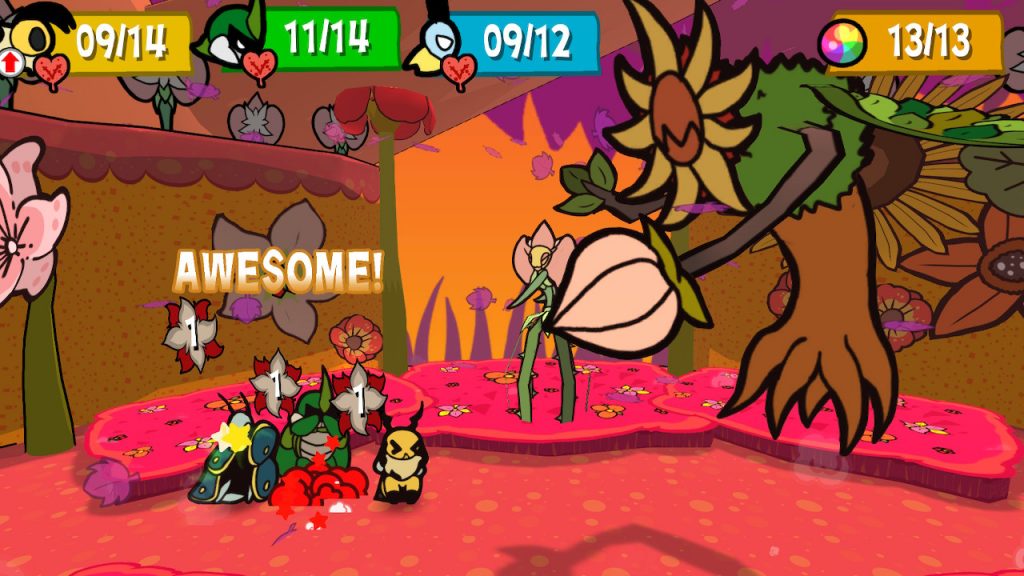
There’s a magnificent blend of chiptune-esque synth and instrumentation here, with the game’s music always hovering within the realms of high energy pop and jazz fusion. These are catchy tunes that will be stuck in your head for hours afterwards. Each one so memorable that you’ll find yourself switching tracks in your mind, almost as though the whole soundtrack had somehow been snuck into your skull when you weren’t looking.
Even when the music is dramatic and heavy, or bombastic during battles and story revelations, it remains upbeat and positive. It’s a game that makes you feel good, after all; a positive experience through-and-through. And this means that the composer has ensured you’re never having anything less than a fun time, even in the game’s more weighty and difficult moments. Frustration is usually far away because the soundtrack keeps you positive and energised. This is a savvy, intelligent, flexible, and varied soundtrack that stands at the peak of Bug Fables’ already impressive artistic pyramid.
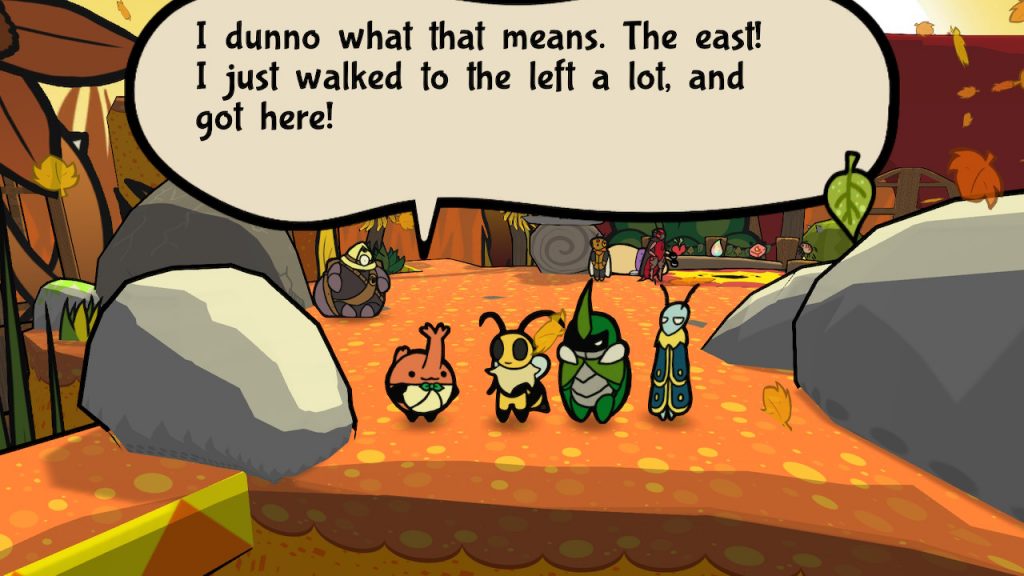
The only area in which the sound design fails is in the (for lack of a better term) voice track. Like Animal Crossing and Banjo-Kazooie, this game takes a nonsense approach to its text-based dialogue, with each syllable given a little sound to add life and rhythm to the dialogue. Unlike the silly humour of Banjo-Kazooie or Yooka-Laylee, or the very finely tuned Animalese of Animal Crossing, the sounds in Bug Fables are simply unpleasant. There’s no other word for it. Fortunately, this detail can be turned down or off in the settings, which I did immediately and you should, too.
The crisp way in which the characters of Bug Fables have been written is so wonderfully complimented by the way in which they’ve been visually drawn. Their colours match with their personalities; the rough and often asymmetrical way that certain poses and animations have been drawn gives a real cartoonish sense that this was a child’s fantasy come to life (if that child had a mature and savvy approach to character writing and world-building).
There’s as much love and charm poured into the visual design of these characters as these is poured into the soundtrack and the character writing. Perhaps the game’s biggest strength is in how well each of its parts compliments the others. In terms of writing, art, and music, there is no weak link in this chain. It is a solid, polished, and beautiful work of art.

What makes the visuals shine so well is in the game’s willingness to have fun with its art and animation. Every bug has been hand drawn with thick but uneven black outlines and filled in with primary colours, sans shading and fine detail. These are characters of block shapes and colours, animated with a flip-book or marionette style. Likewise, the world is all hand-drawn but made unique by some charming and bold animation styles.
Perhaps the best example of this is seen when entering a building like a shop or a hotel. These buildings are tin cans and cardboard boxes; plastic straws poking out like chimneys. When entering, the camera perspective shifts ninety degrees and the side of the building slides up for the camera to be able to see inside. It gives the game an illusion of theatricality, as though everything were on a stage. The wall rises with a frictional whoosh sound that happens so quickly it could be missed. But it’s there, and it really represents a loving attention to detail that should be admired.

At twenty-ish hours, you’re getting plenty of bang for your buck with Bug Fables. But far more than that, this is a game made with so much love and attention. A game that exists with the one goal of entertaining its player. This is done with an exceptional musical score that offers variety and catchy-yet-punchy pop melodies. And with a charmingly hand-drawn aesthetic that draws a smile across the player’s face time and again.
The combat has a rhythm and fluidity to it, as well as a smart variety that keeps you engaged and on your toes. Vi, Kabbu, and Lief are written with wit and wisdom; their dialogue is like a furious tennis match, their jokes sweet and punny. And then there’s the world in which they love: one that is fully fleshed-out, deep, and detailed. This is a place built from the ground up with consideration and savvy. A place populated by lovable characters, serenaded by sweet melodies, and drawn with wonderful innovation. Few indie games on the Switch offer such a well-rounded artistic, narrative, and interactive experience as Bug Fables. A near flawless experience.
Bug Fables: The Everlasting Sapling Review provided by Nintendo Link
Developer: Moonsprout Games
Publisher: DANGEN Entertainment
Release Date: May 28, 2020
Price: $19.99
Game Size: 371 MB
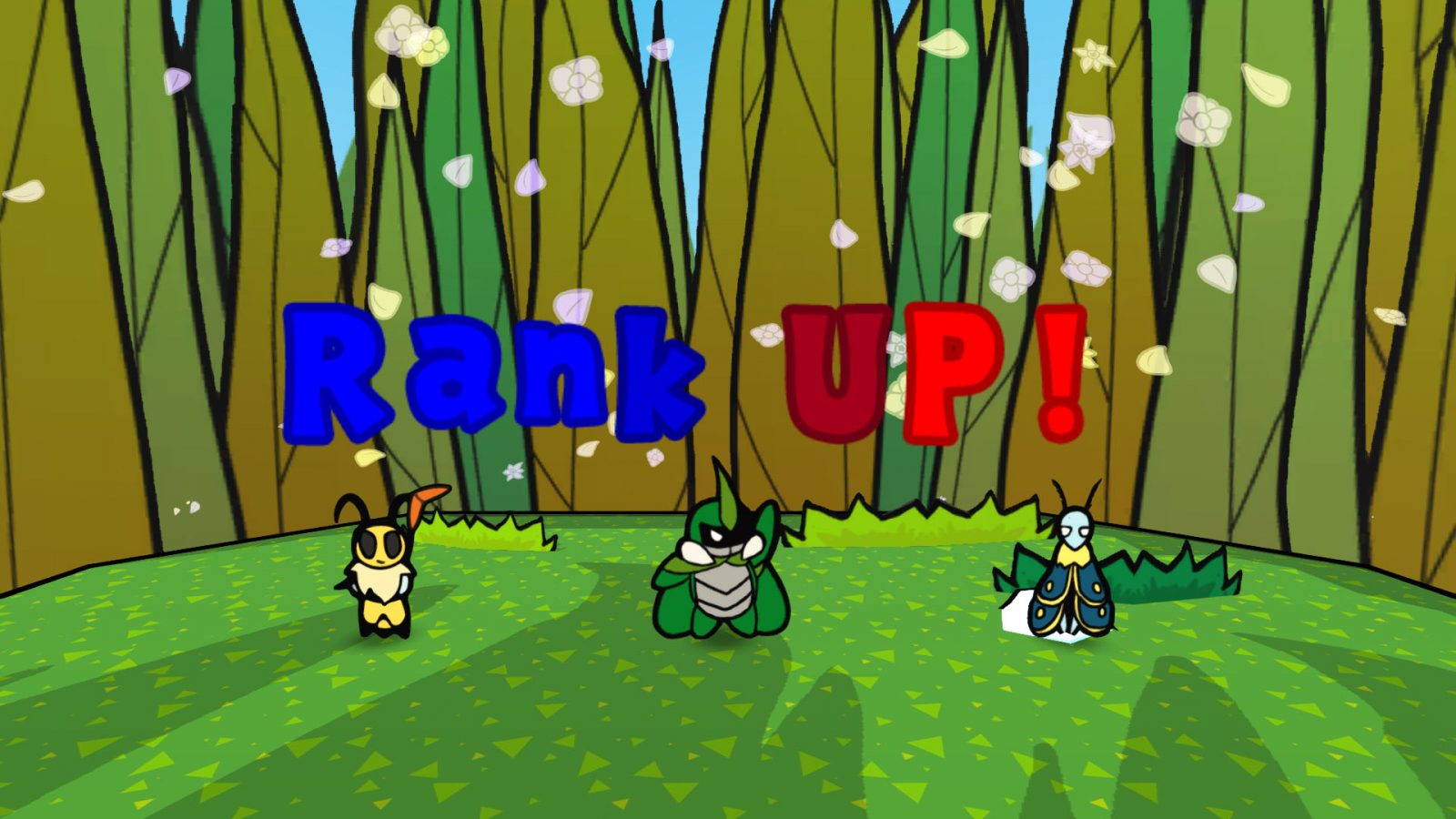
An adaptive and varied soundtrack
Adorable hand-drawn animations
A rhythmic combat system
Charming and lovable characters
Awkward depth perception
Questionable sound design
What's Your Reaction?
Will Heath is a freelance writer and digital nomad from the UK who mostly splits his time between London and Tokyo. He runs the website Books & Bao – a site dedicated to international literature and world travel – and writes about video games for Nintendo Link and Tokyo Weekender.









